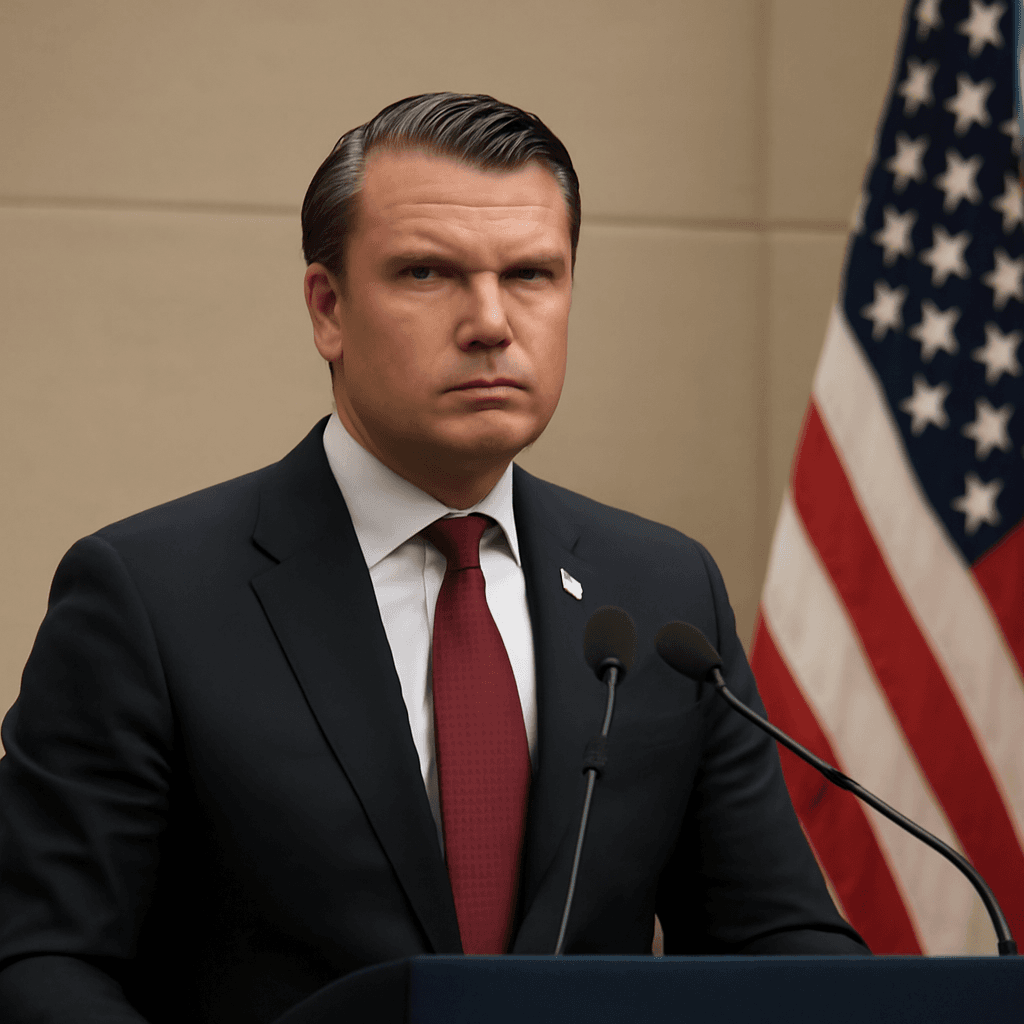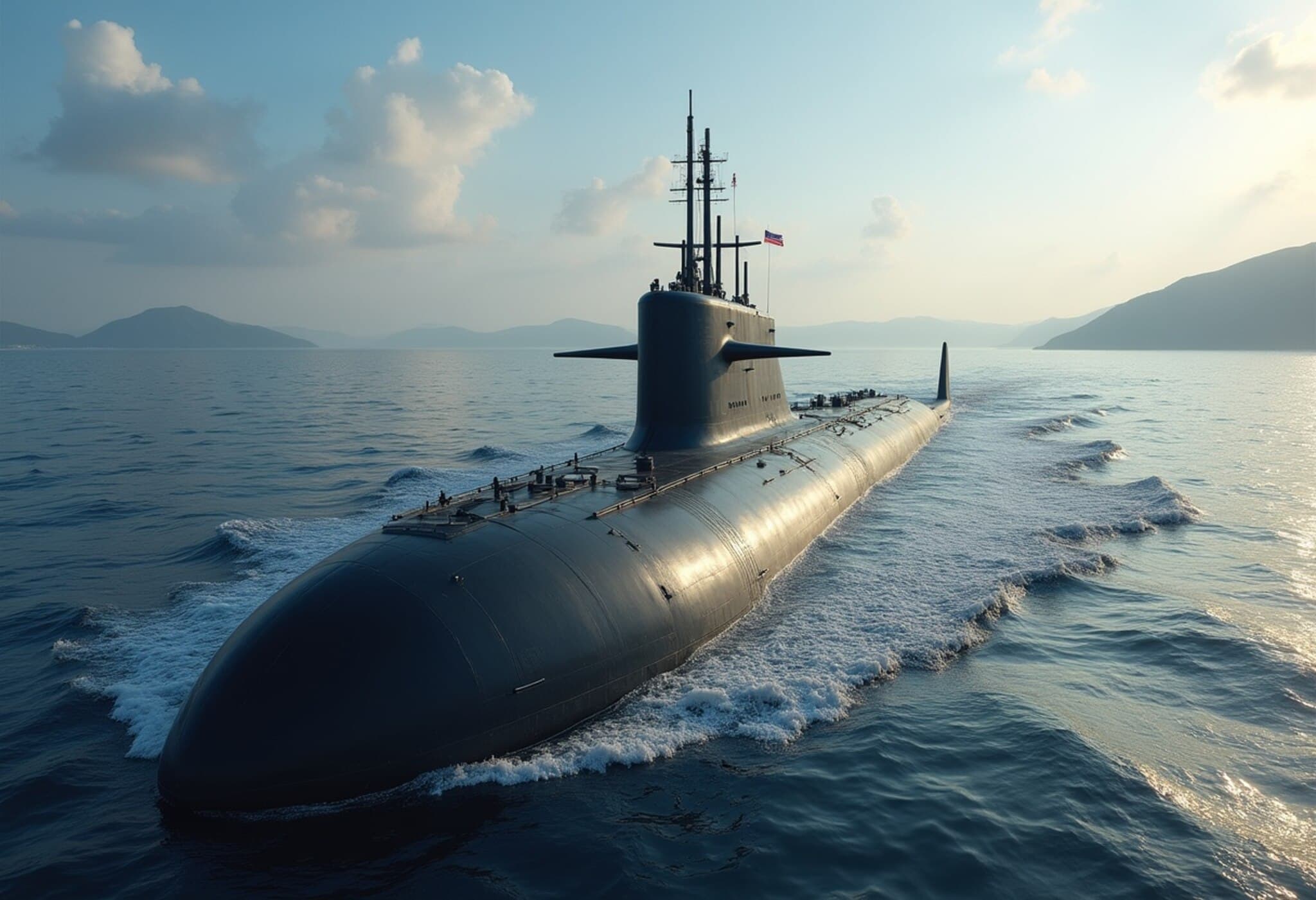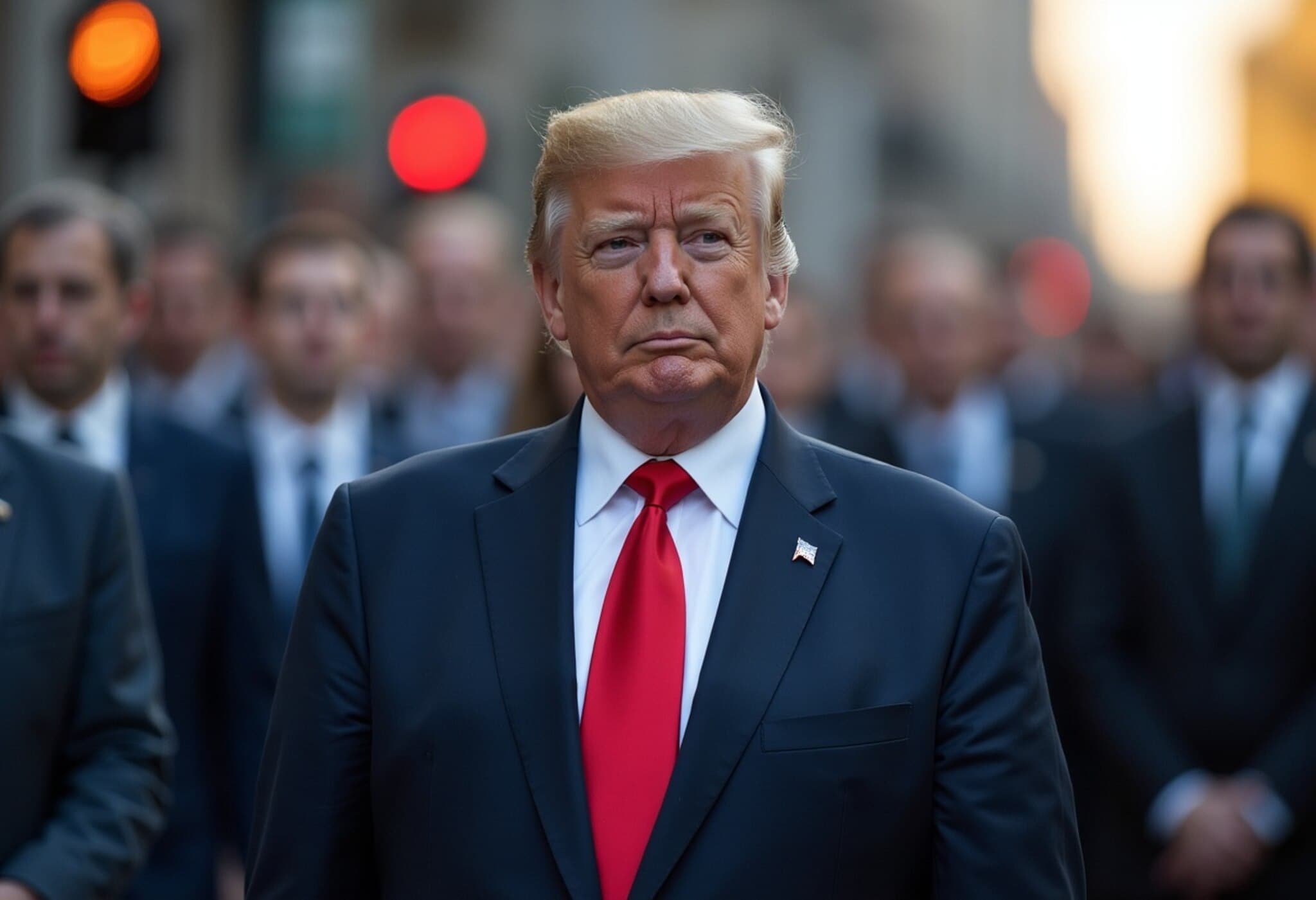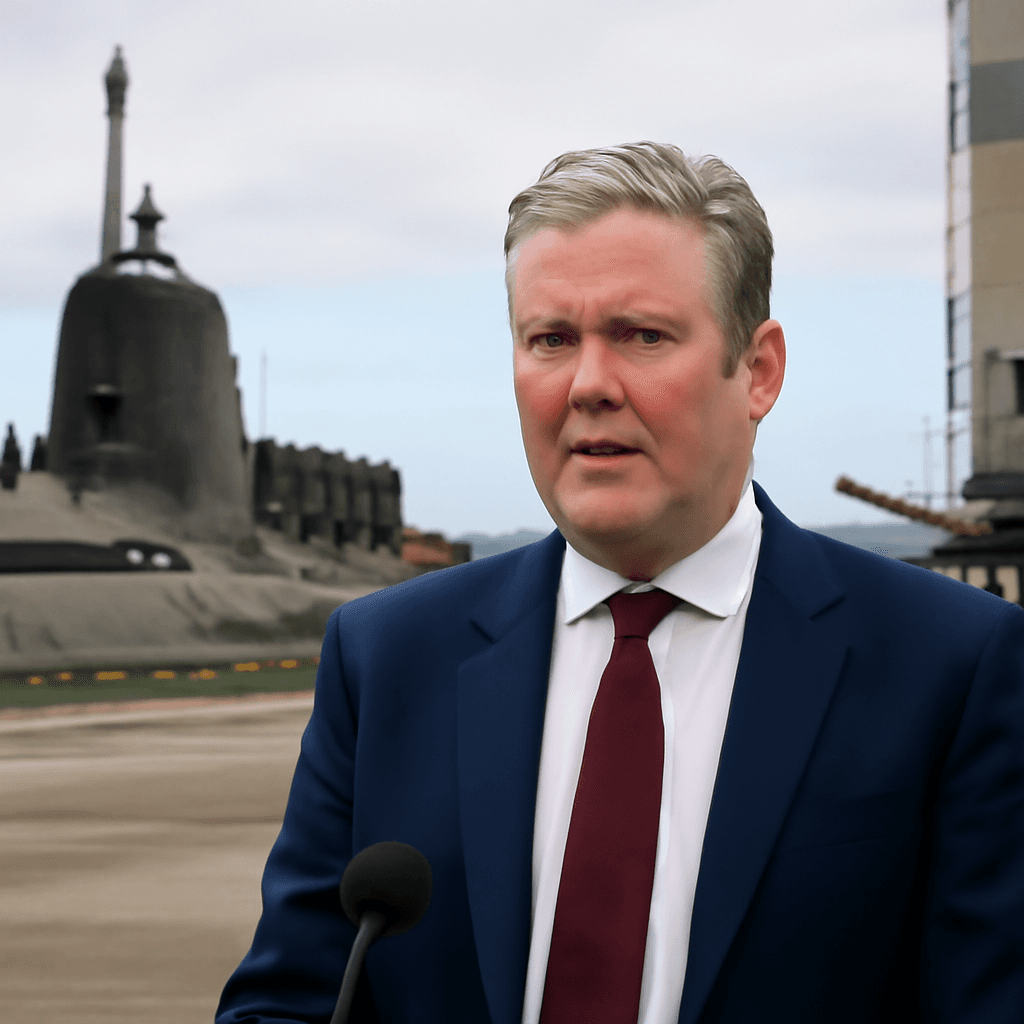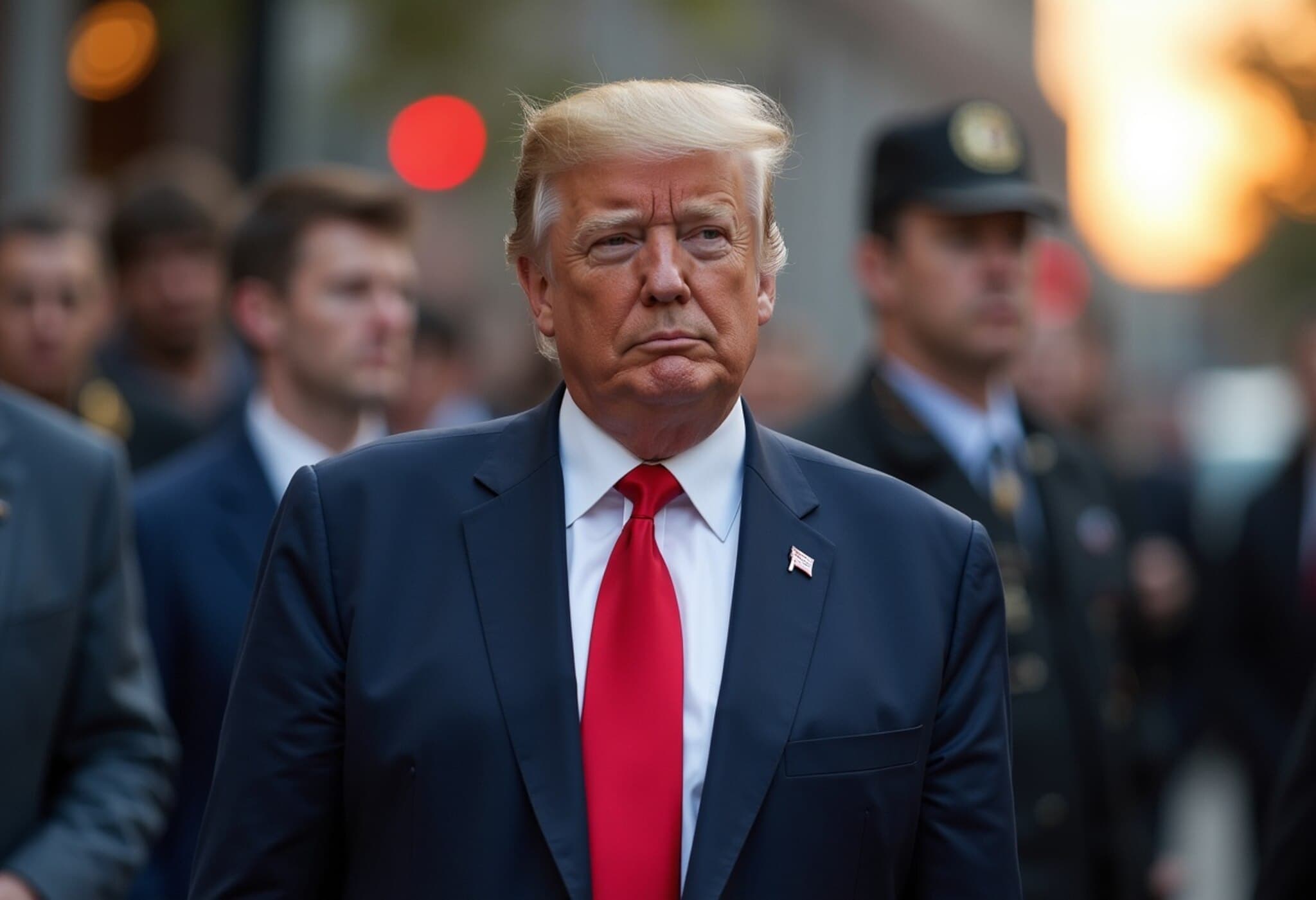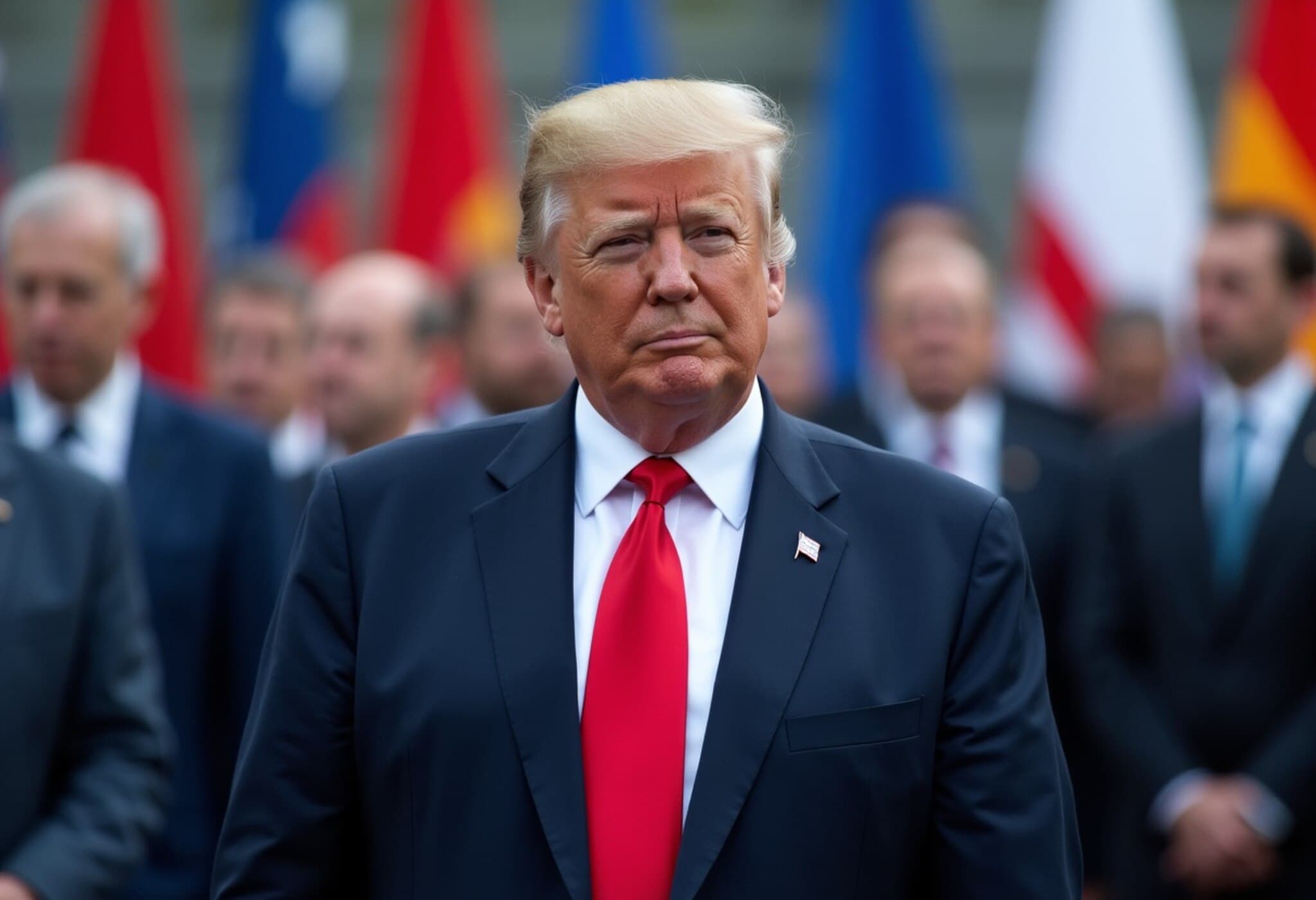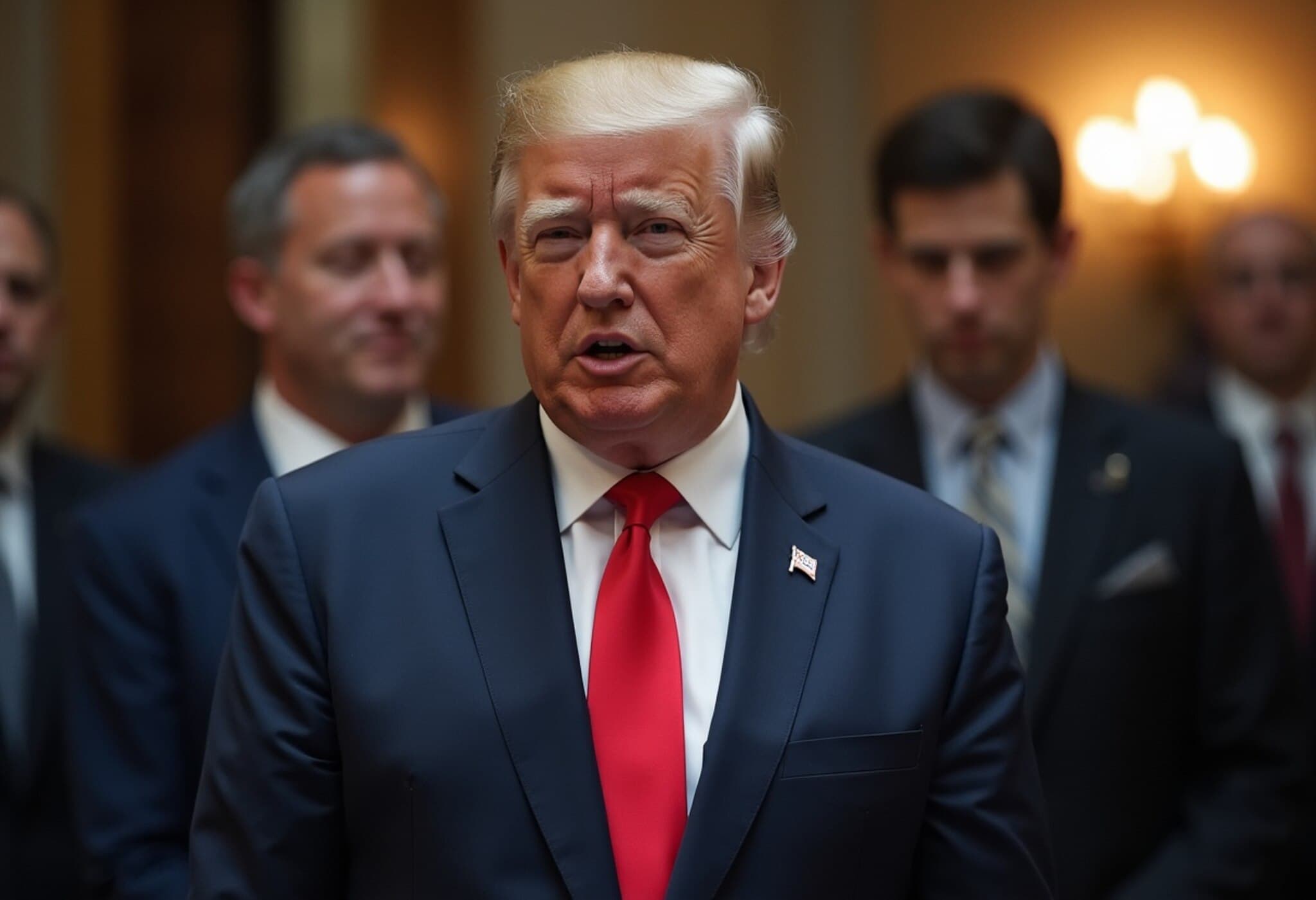NATO Sets Ambitious 5% Defense Spending Goal
At a pivotal summit held in The Hague, NATO leaders agreed to a new defense spending pledge, aiming to meet a target of 5% of GDP dedicated to defense by 2035. This development comes amid continued pressure from the United States and its former president to increase military budgets well beyond the alliance’s longstanding baseline.
Breaking Down the 5% Commitment
While the new figure echoes calls from previous U.S. leaders, the 5% mark is not solely focused on traditional military expenditures. Instead, NATO has proposed that 3.5% of GDP be allocated to core military capabilities, with an additional 1.5% dedicated to broader defense-related investments, including critical infrastructure and cybersecurity initiatives.
This compromise balances the U.S. demand for increased spending with the financial constraints faced by many European members. Currently, only a few countries—including Poland and the Baltic states—approach the 5% level. The U.S. itself is projected to spend about 3.4% in 2024.
What Does the 3.5% Military Spending Cover?
The majority of the defense budget increase targets tangible military strength. NATO expects member states to boost their capabilities significantly, with an emphasis on confronting emerging threats, particularly from Russia. Though many details remain confidential, the alliance envisions:
- A fivefold enhancement in air defense systems
- Acquisition of thousands of tanks and armored vehicles
- Increased military aid and support to partners like Ukraine
This marks the greatest expansion of military capacity since the Cold War era.
The Role of the Additional 1.5%
The remaining fraction of the defense spending pledge covers essential but less obvious areas such as:
- Infrastructure - including roads, bridges, and rail networks
- Cybersecurity measures and technology upgrades
- Other defense-related efforts that facilitate military readiness
As NATO officials emphasize, robust infrastructure is vital; without strong logistical support, even the most advanced weaponry can be ineffective. For example, the inability to transport heavy equipment efficiently could jeopardize frontline operations.
Some of these investments may already be part of national budgets and will be reclassified under the new defense umbrella. Italy, for instance, has suggested that a planned bridge connecting Sicily to the mainland qualifies under these broader defense expenditures.
Accountability and Compliance Measures
In the past, NATO's defense spending goals have faced challenges in enforcement. To address this, member countries will now be required to submit annual reports demonstrating steady progress toward the set targets.
Though an earlier proposal for mandatory annual spending increases was dropped due to resistance, the formal review scheduled for 2029 will reassess targets and could recalibrate obligations based on evolving security needs.
Behind the scenes, the prospect of political pressure—especially from influential figures demanding accountability—remains a significant motivator for member states to meet their commitments.
Is Any NATO Member Exempt?
Discussions around exemptions have sparked some debate. Spain, for example, claims it has negotiated a side agreement exempting it from the full 5% target due to its historically low defense spending.
However, NATO’s leadership maintains there will be no opt-outs and insists all members must contribute toward the collective security objectives under the new framework.
Conclusion
This defense spending agreement represents a notable shift in NATO’s strategic and financial direction, reflecting growing concerns about global security and the urgency to bolster military readiness. While the 5% headline figure may be nuanced in application, the commitment signals a stronger collective stance and a readiness to confront 21st-century threats more effectively.


